After making its initial mark on action games when it launched on January 5, 2010, in North America, Bayonetta has since earned the status as a pivotal moment in the subgenre it helped to coin. While the Character Action, or Stylish Action labels have come to have significant overlap with the mainstream offerings of the modern-day industry, the dramatic sense of flair Bayonetta brought to the table wasn’t nearly as ubiquitous at the time. Apart from a commitment to edgy theming and fantastical combat, however, the innovative Witch Time mechanic may have become the most influential aspect of this title in the long run.
While it began as another attempt at fast-paced action from Devil May Cry creator Hideki Kamiya, Bayonetta has since grown into a series with a firm identity of its own. The time manipulation system of Witch Time being associated with evasion, while relatively novel then, now blends in when stacked up against the contemporaries of the most recent entry. Before dramatically slowing down combat as a reward for skillful defensive play became as common, Bayonetta represented a gamble by stepping into uncharted territory.
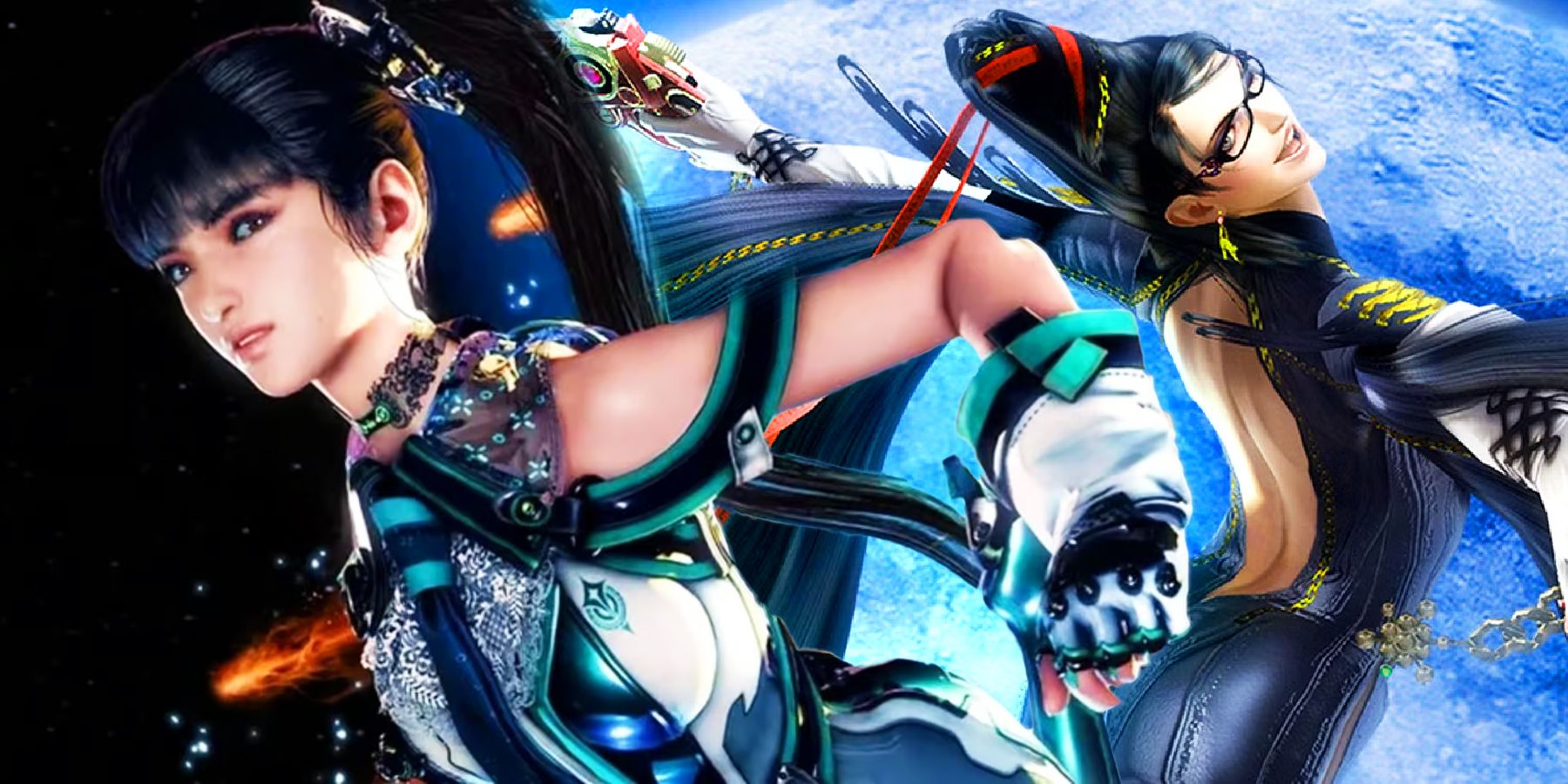
Related
Stellar Blade Misses an Opportunity to Steal an Iconic Bayonetta Mechanic
Stellar Blade incorporates elements of several action RPG games, but it could have greatly benefited by going all-in on one mechanic from Bayonetta.
Bayonetta’s Witch Time Redefined the Formula Established in Devil May Cry
Utilizing Max Payne’s Bullet Time to Build the Stylish Action Identity
During the 2000s, the slow-motion Bullet Time mechanic in Max Payne was a celebrated innovation that essentially adapted a gimmick of The Matrix into gaming. Devil May Cry occupied a similar place for its fresh take on third-person action, but its faster pace firmly set it apart from anything in the vein of slow-motion. While those two series couldn’t grow more different with each entry, Bayonetta eventually bridged that gap with Witch Time. By dodging certain attacks with precision timing, players are granted a period where they can deliver faster attacks while enemies are slowed, with the duration potentially extended until the end of the combo.
It might be true that Dante’s Royalguard Style in Devil May Cry has always been present as a more technical, counter-based set of techniques, but Bayonetta moved away from its demanding approach in favor of its generally more accessible direction. That’s not to say that time manipulation mechanics were totally unheard of, but they weren’t as prominent in action titles previously. Viewtiful Joe notably shared an interest in slow-motion via the Slow VFX Power within its side-scrolling format, but other early outings in the subgenre, like Ninja Gaiden, were focused on their own unique mechanics instead. While God Hand was primarily centered around a richly modular moveset and ended up being a one-off experiment, for instance, Witch Time was laying the foundation for titles to reference for years to come.
The Impact of Bayonetta on the Establishment of the Character Action Genre
PlatinumGames Titles in a Similar Vein Have Since Featured Various Takes on Witch Time
The concept of stylish action has followed Bayonetta‘s example as much as DMC‘s when it comes to its integration of time-based mechanics, largely pioneered by Platinum over the years. Metal Gear Rising: Revengeance‘s Blade Mode has the most in common with Witch Time by allowing the player to quickly slice up enemies stuck in slow motion. Vanquish‘s AR Mode might be more nuanced through totally slowing down in response to taking damage, but that title’s prevalent use of guns makes their fire rate still feel fast in that context.
Astral Chain‘s Perfect Call and Nier: Automata‘s Perfect Dodge are more direct examples of a defensive take, as they reward precision dodging in an echo of Witch Time itself. While they might be more about quick repositioning and advantage on typical combos over a more conspicuous slow-down period, these still feel like clear iterations on what has become a studio staple.
Perfect Call is just one part of a greater array of Legion abilities in this case, for example, as PlatinumGames’ challenging Astral Chain was just as focused on testing out its dual-character premise as revisiting territory. Nier has potentially adopted the most fluidly integrated and vital take on slowdown since Witch Time, on the other hand, as utilizing Perfect Dodge for the benefit of its invulnerability frames is practically required for surviving in the game’s unforgiving higher difficulty settings.
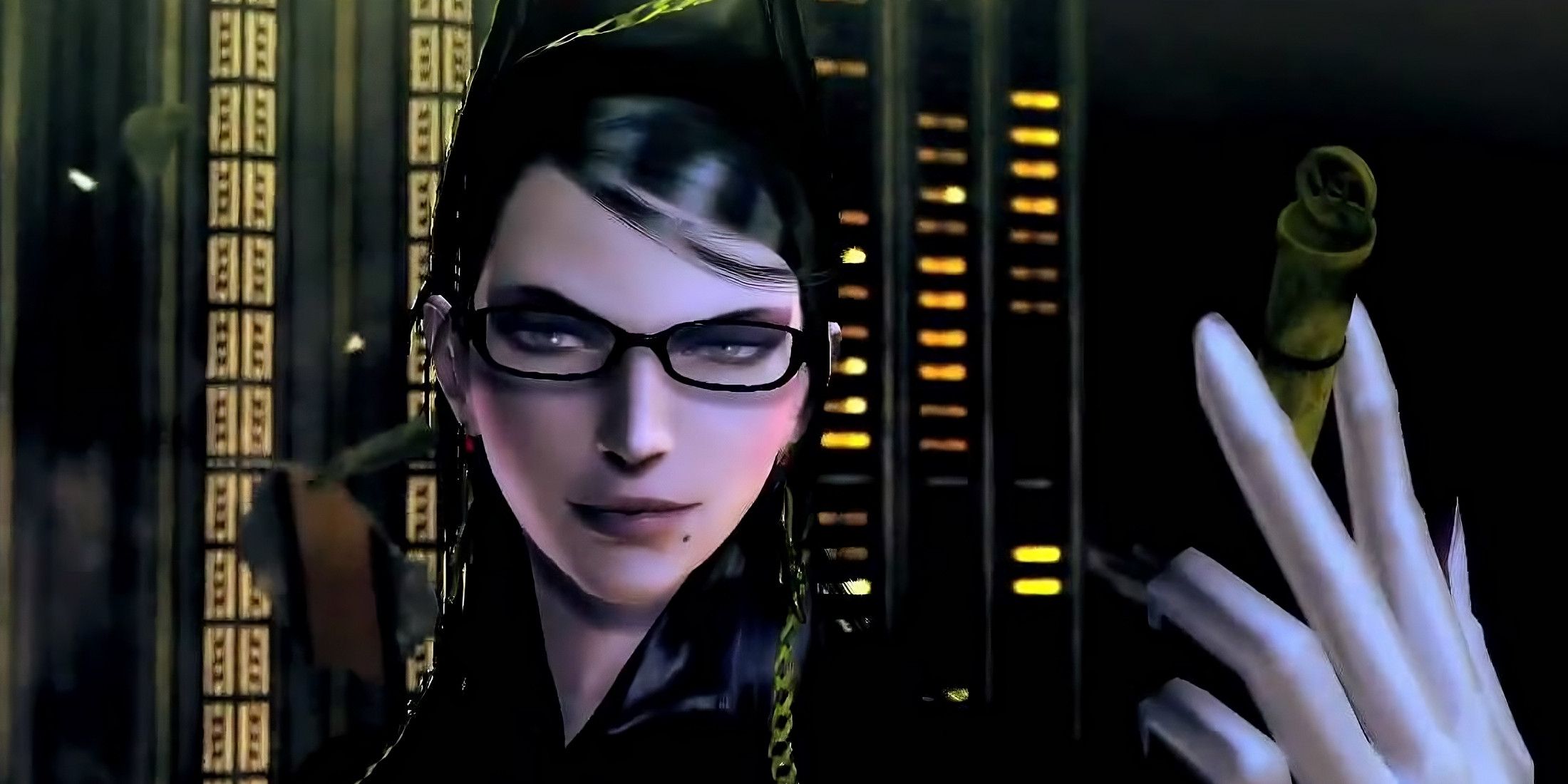
Related
15 Years Ago, Bayonetta Grabbed the Character-Action Genre by the Horns
In 2009, Bayonetta broke into the competitive world of character-action games, challenging and, in many ways, surpassing its contemporaries.
The Mechanical Innovation of Bayonetta Has Come Full Circle
Witch Time’s Influence in Devil May Cry 5 is Clear
The progression of the DMC series under Hideaki Itsuno has seen significant refinement around the core that Kamiya initially contributed, but the most recent entry likely features a callback to that creator’s work. One of Nero’s Devil Breaker prosthetics in Devil May Cry 5, Ragtime, creates a bubble that inflicts a slow-motion status on enemies caught within. While not connecting to dodging, the player retains full control during this period in the same manner as Witch Time. It might not be global or particularly long in duration, but the ability to place Ragtime anywhere in the 3D space can provide a level of freedom reminiscent of the style that Bayonetta was inherently built around.
Newer Attempts at the System Have Become Common in Action Combat as a Whole
Beyond directly related games, the legacy of Bayonetta has likely stretched into the mainstream landscape of action as a whole. With the Flurry Rush system introduced in The Legend of Zelda: Breath of the Wild similarly rewarding skillful evasion with a slowdown, even action-adventure has come to embody elements of Platinum’s flagship subgenre. Other major successes like Ghost of Tsushima, with its Concentration Mode, embody a nebulous blend of influences through a more realistic take on time manipulation, but the shadow of Witch Time’s impact remains.
The major degree of popularity of these titles can make it difficult to determine just how much influence Bayonetta has had on the action genre as a whole, as slow-motion hardly feels unique against more recent offerings. It’s become increasingly challenging to explicitly classify whether a release on the scale of Final Fantasy 16 counts as stylish action as more aspects of Platinum’s design are incorporated by the efforts of larger companies. The presence of Witch Time, however, can at least be indicative of a turning point where a memorable experiment yielded satisfying results for players.
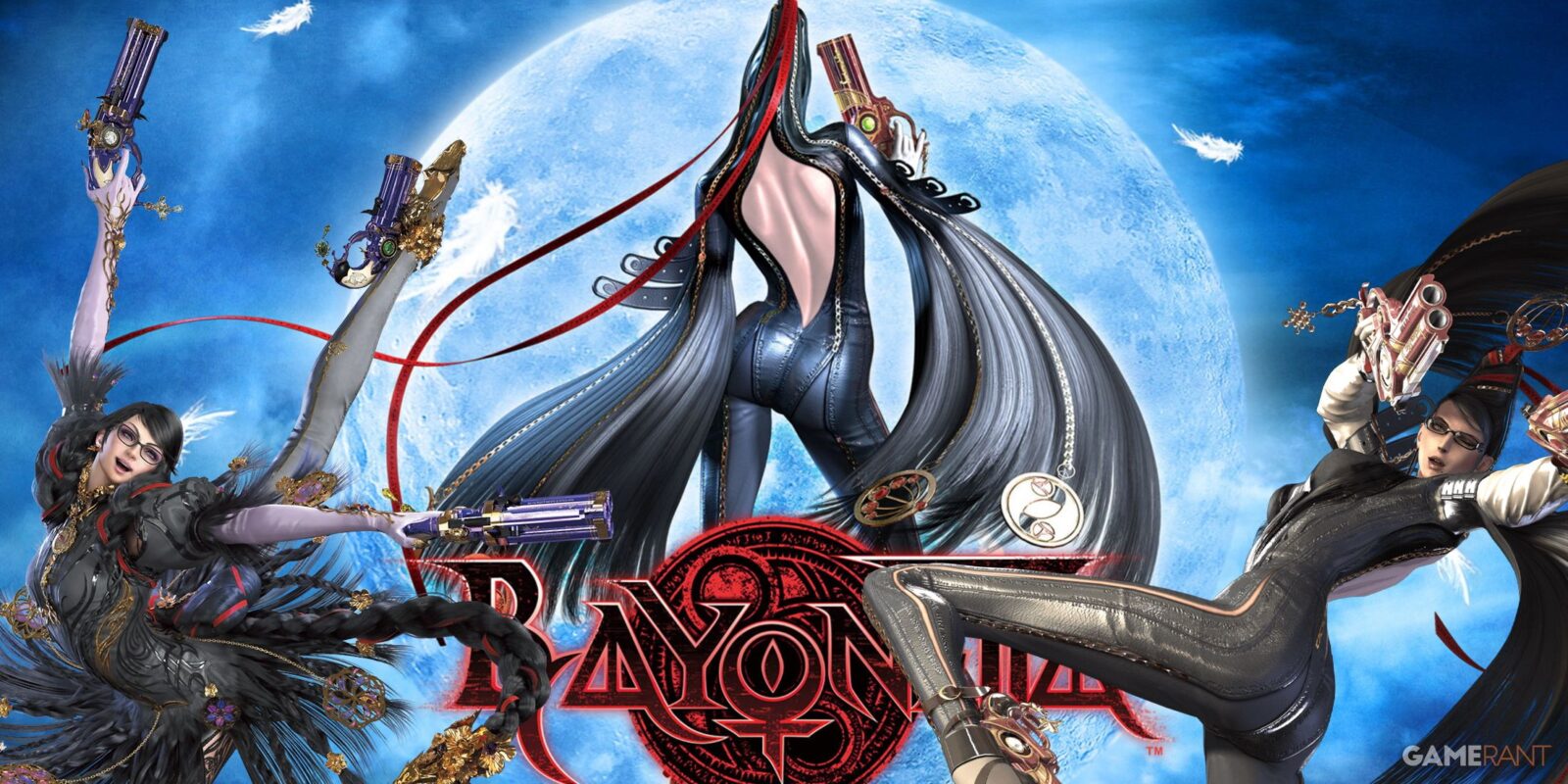

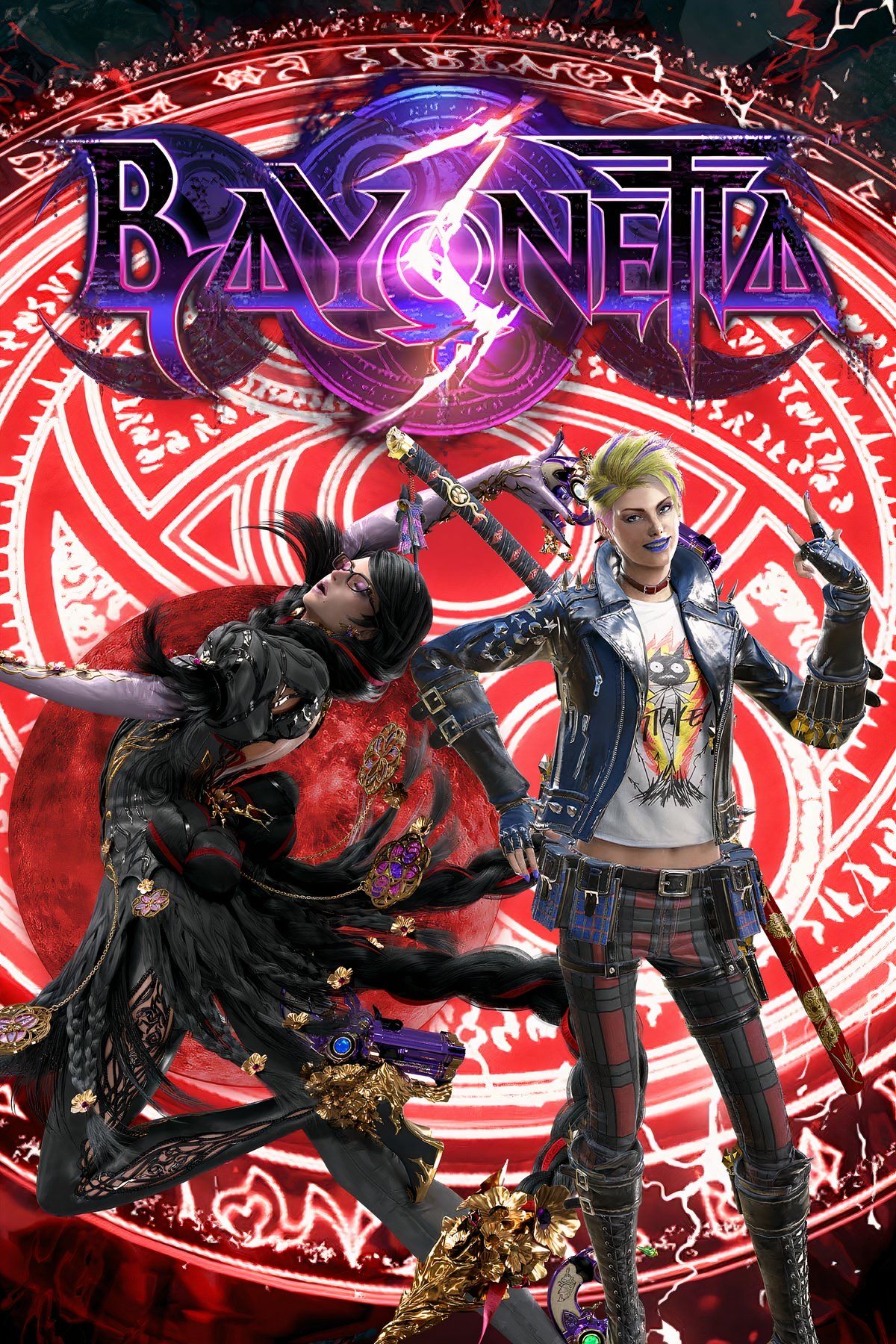
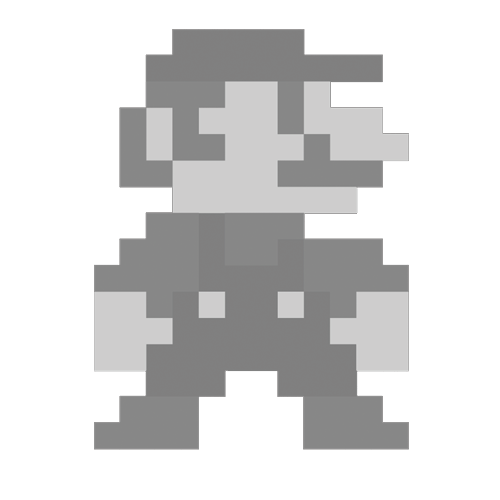
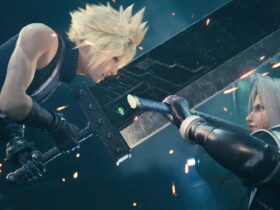

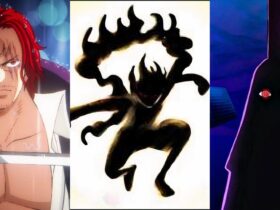
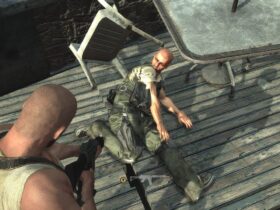

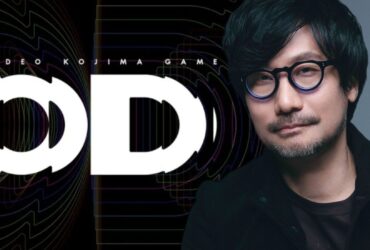
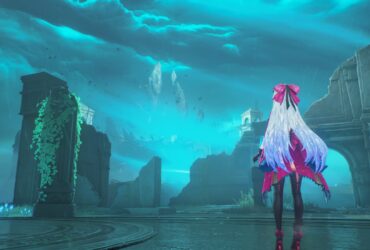
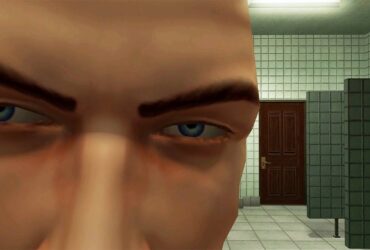

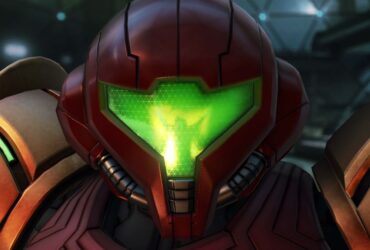
Leave a Reply